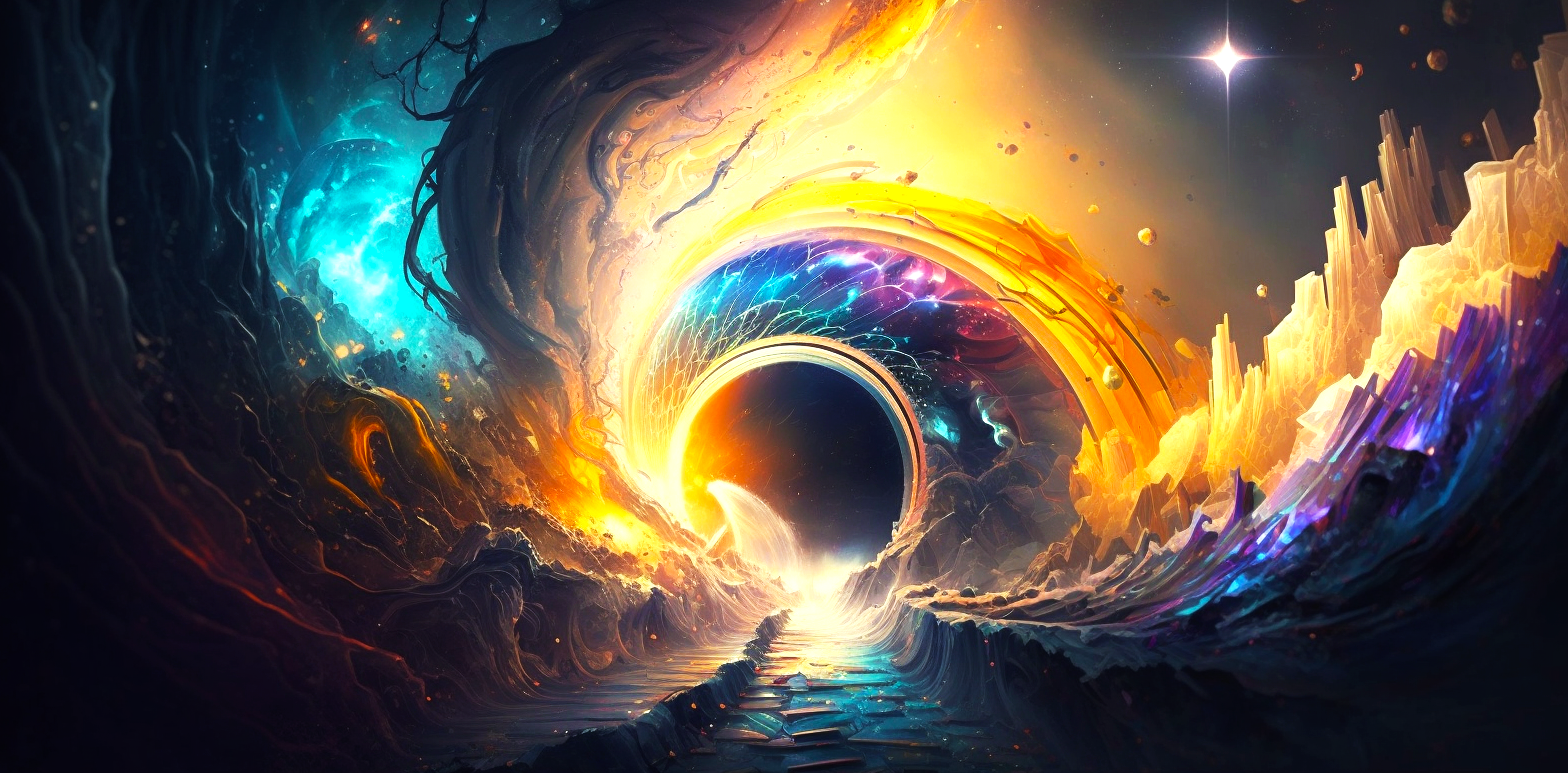Existential Angst

New technologies, like AI, provoke existential fears in various professions - from writers to musicians and artists. While AI threatens to replace human skills, including intellectual ones, these technologies will also create new opportunities and skill sets. It is premature to worry about human obsolescence.
This article was first published in The Mint. You can read the original at this link.
In a recent article, economist and writer Tyler Cowen declared with refreshing candour that the days of writers like him were numbered. With artificial intelligence (AI) getting increasingly good at summarising content from the farthest reaches of the internet, he wondered aloud whether anyone who made a living writing opinion pieces would be needed any longer.
Existential Angst
As I read the piece, I was struck by how often technology has provoked this sort of existential angst among those whose way of life it threatens. During the [[Industrial Revolution]], fears about mills replacing traditional handlooms sparked a revolution—in the process labelling, forever more, those opposed to technological change as “Luddites” (after Ned Ludham who led those protests by smashing a mill-owner’s looms).
In the 1930s, it was musicians who were all in a tizzy. As long as there was no way to synchronise recorded sound with motion pictures, movie theatres had to employ human musicians to play live music during the screening of a film. But with the release of The Jazz Singer in 1927, synchronised sound came to the motion pictures and everything changed.
Musicians across the US banded together to defend the world from the proliferation of the “evil” of recorded music. They took out $500,000 worth of advertisements in a campaign to try and save themselves from a future in which “robots made music”, decrying the fact that just 300 musicians in Hollywood would be able to put out of work all the musicians employed by thousands of cinema halls across the country.
When automobiles were invented, they were subject to various red-flag laws, most of which stipulated that at least three persons had to be employed to drive them, one of whom had to walk on foot, at least 60 yards in front of the vehicle, prominently displaying a red flag to warn riders and drivers of horse-drawn carriages of its imminent approach.
Pennsylvania nearly enacted a far more aggressive legislation that would have required every motorist who even saw a horse in front of him to “pull well off the road, cover his car with a blanket or canvas that blends with the countryside, and let the horses pass.” It went on to stipulate that if any animals were alarmed by the vehicle, it had to be disassembled as quickly as possible, and all the parts concealed behind nearby bushes! Incumbents have always felt (justifiably, one might argue) threatened by new technologies that are likely to upturn their way of life. They have, in response, fought to protect their livelihoods, either by instigating a revolt, attempting to change public opinion or enacting new legislations in the hope that they will protect them against the ill-effects of these new inventions.
The Threat of AI
We are now in the midst of a similar transformation. Artificial intelligence is threatening to replace skilled human labour across vocations. What’s more, unlike in the past when new technologies replaced activities that had to be physically performed, artificial intelligence is threatening skills we always believed would remain the sole preserve of humankind—those that require application of the human mind.
Large language models that are trained on much of the information on the internet, are far more capable of extracting useful information from the furthest recesses of human knowledge than any human alive or dead ever could. For those who make a living writing opinion pieces and academic treatises, this may feel like the beginning of the end, as they will not be able to match the research these powerful computational systems can carry out. Story tellers in all genres of fiction will soon find themselves incapable of competing with models trained in the writing styles of all the authors who ever lived and that have digested every plot arc ever conceived.
In a similar vein, artists, who have so far remained confident in the superiority of their skills and imagination, will have to come to terms with technologies like DALL-E that create in a matter of minutes artworks in the style of any artist living or dead and on a wide range of subjects only limited by the level of skill of the person making the prompt.
Artists Protest
Some artists have, in response, initiated a novel form of protest. Using AI models, they have generated representations of copyright-protected characters owned by franchises notoriously zealous in enforcement in the hope that when they realize how AI is eroding the value of their intellectual property, they will enact legislation to curb its use. To make sure they take note, some of these AI artworks depict beloved characters, like Mickey Mouse, as murderers—holding up blood-spattered knives or firing automatic weapons. It is not yet clear what action this sort of provocation will yield.
If there is one thing history has taught us, it is that whenever a new technology displaces a profession, it makes way for something new. As much as knowledge workers today might feel they are being turned redundant, the technologies that are displacing them require new skills that will empower a whole new generation of writers, academics and artists, among other professionals.
As much as I admire the humility of Tyler Cowen’s reflections, he might be throwing in the towel a tad too soon. After all, ChatGPT is only as good as the prompts that get it to deliver the results we see.
These may not be skills that researchers have traditionally been called upon to develop. But these are skills nevertheless, and it is up to us to learn them so that we remain relevant.
